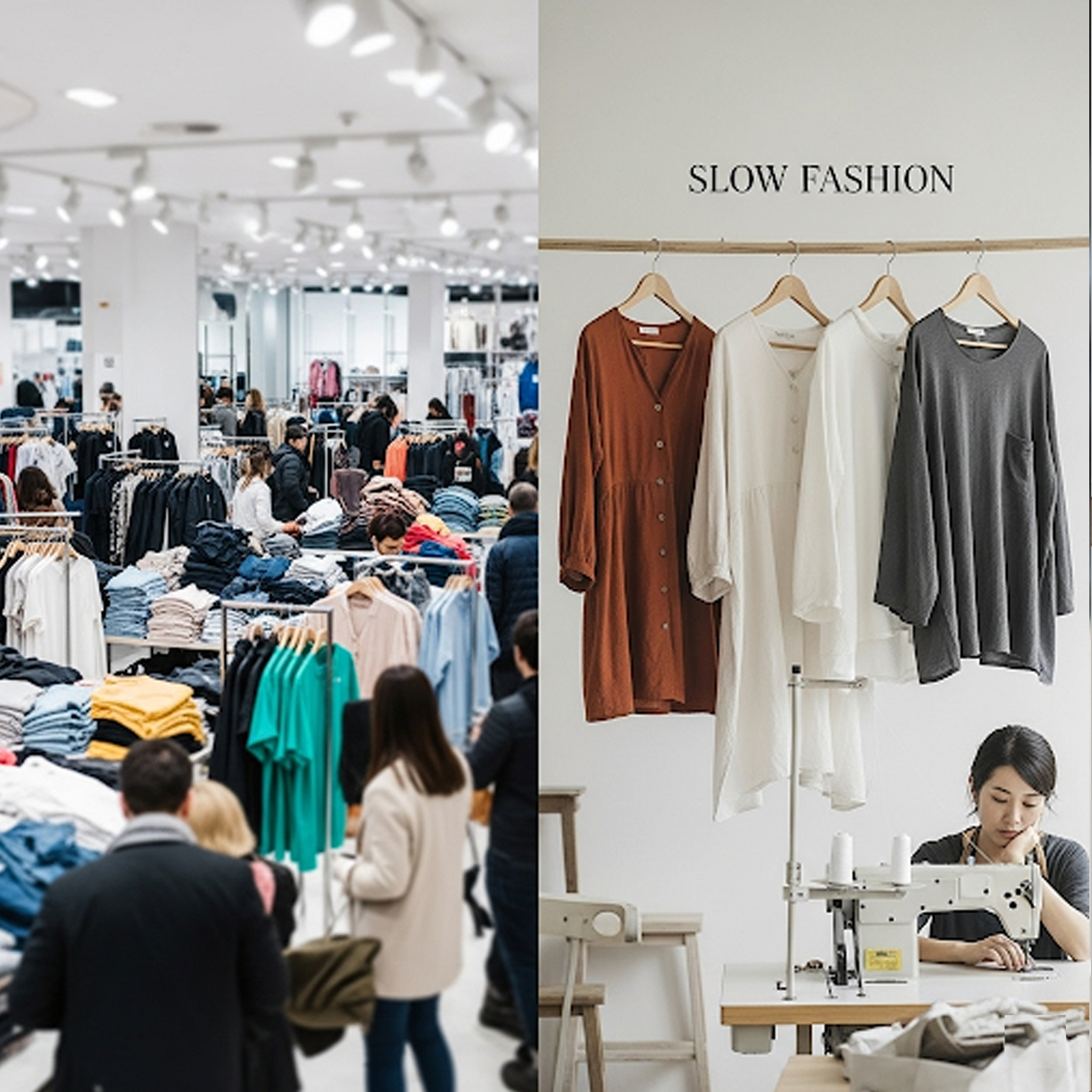No products in the cart.: $0.00
The Evolution of Streetwear: From Subculture to Mainstream

Streetwear, once a niche style rooted in countercultures like skateboarding, hip-hop, and graffiti art, has undergone a remarkable transformation. No longer confined to the fringes of fashion, it has exploded into the mainstream, influencing high fashion runways and becoming a dominant force in the global apparel market. Its journey from rebellious subculture to coveted commodity is a fascinating reflection of societal shifts, the power of youth culture, and the evolving landscape of fashion itself.
The origins of streetwear can be traced back to the late 20th century, primarily in urban centers. Skateboarders in Southern California, with their need for durable and comfortable clothing that could withstand the rigors of their sport, laid an early foundation. Brands like Vans and Stüssy emerged from this scene, embodying a laid-back, rebellious attitude. Simultaneously, the burgeoning hip-hop culture in New York City also played a pivotal role, with oversized silhouettes, athletic wear, and bold graphics becoming hallmarks of the style. Graffiti artists further contributed to the aesthetic with their distinctive visual language finding its way onto clothing.
What distinguished early streetwear was its organic, grassroots nature. It wasn’t dictated by established fashion houses but rather emerged from the needs and expressions of specific subcultures. Limited-edition releases, collaborations within these communities, and a sense of exclusivity fostered a strong sense of identity and desirability. This “drop” model, where highly anticipated items are released in limited quantities at specific times, became a key characteristic of streetwear culture and continues to fuel hype and demand today.
The late 1990s and early 2000s saw streetwear begin its crossover into the broader fashion consciousness. Japanese designers like Nigo (A Bathing Ape) and Hiroshi Fujiwara (Fragment Design) gained international recognition for their unique interpretations of American streetwear aesthetics, blending them with Japanese craftsmanship and playful designs. This period also witnessed the rise of influential streetwear boutiques that acted as curators and tastemakers, further amplifying the movement’s reach.
The internet and social media have played a transformative role in the globalization and mainstreaming of streetwear. Platforms like Instagram have provided a direct channel for brands to connect with consumers, bypassing traditional media outlets. Influencers and bloggers have become key figures in shaping trends and driving demand. The visual nature of streetwear lends itself perfectly to these platforms, with carefully styled outfits and coveted items shared and celebrated globally.
Luxury fashion houses, initially perhaps dismissive of streetwear’s casual and often anti-establishment ethos, eventually recognized its cultural significance and commercial potential. Collaborations between high-end brands and streetwear labels became increasingly common, blurring the lines between the two worlds. This fusion brought streetwear aesthetics to luxury consumers and injected a sense of coolness and relevance into established brands. Designers like Virgil Abloh (Off-White, Louis Vuitton) and Kim Jones (Dior Men) have been instrumental in this convergence, bringing their streetwear sensibilities to the helm of major luxury houses.
The impact of streetwear on mainstream fashion is undeniable. Its influence can be seen in everything from relaxed silhouettes and the ubiquitousness of sneakers to the embrace of graphic tees and hoodies in everyday wardrobes. The emphasis on comfort and functionality, a core tenet of early streetwear, has also resonated with a wider audience. Athleisure, a style blending athletic and leisure wear, owes a significant debt to streetwear’s embrace of sportswear-inspired elements.
However, the mainstreaming of streetwear has also sparked debate within its original communities. Some argue that its commercial success has diluted its authenticity and rebellious spirit. The focus on hype and exclusivity can sometimes overshadow the original values of community and self-expression. Nevertheless, streetwear continues to evolve, with new subcultures and designers emerging, pushing boundaries and redefining its aesthetic.
Looking ahead, streetwear is likely to remain a significant force in the fashion landscape. Its adaptability and its ability to reflect contemporary cultural trends ensure its continued relevance. Sustainability is also becoming an increasingly important consideration within the streetwear community, with brands exploring eco-friendly materials and ethical production practices.
In conclusion, the evolution of streetwear from a niche subculture to a global mainstream phenomenon is a testament to its enduring appeal and its ability to tap into broader cultural currents. Its journey reflects the changing dynamics of the fashion industry, the power of youth culture, and the increasing fluidity between high fashion and everyday wear. While its definition and boundaries may continue to shift, the influence and impact of streetwear on how we dress today are undeniable.



